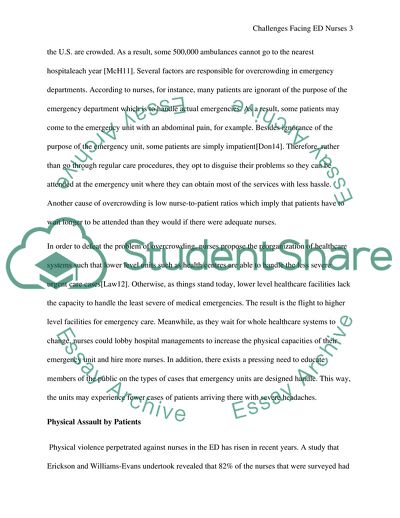Cite this document
(Challenges facing Emergency department nurses Essay, n.d.)
Challenges facing Emergency department nurses Essay. https://studentshare.org/nursing/1851869-challenges-facing-emergency-department-nurses
Challenges facing Emergency department nurses Essay. https://studentshare.org/nursing/1851869-challenges-facing-emergency-department-nurses
(Challenges Facing Emergency Department Nurses Essay)
Challenges Facing Emergency Department Nurses Essay. https://studentshare.org/nursing/1851869-challenges-facing-emergency-department-nurses.
Challenges Facing Emergency Department Nurses Essay. https://studentshare.org/nursing/1851869-challenges-facing-emergency-department-nurses.
“Challenges Facing Emergency Department Nurses Essay”. https://studentshare.org/nursing/1851869-challenges-facing-emergency-department-nurses.


